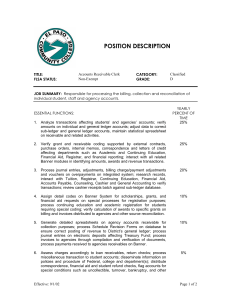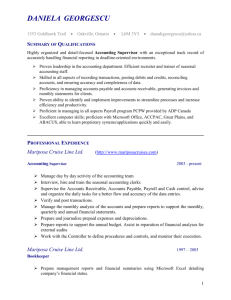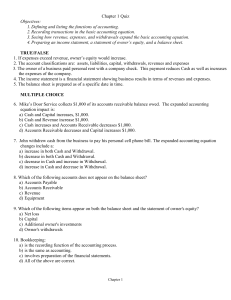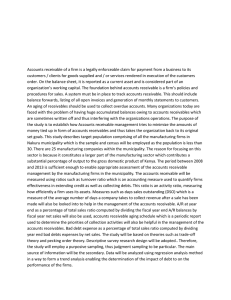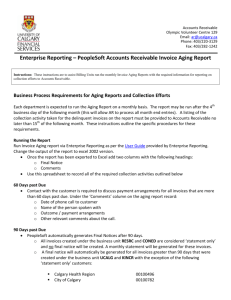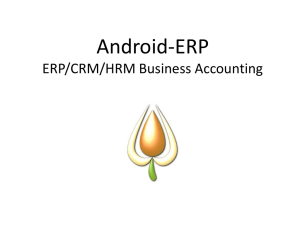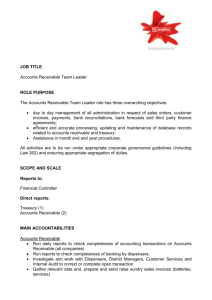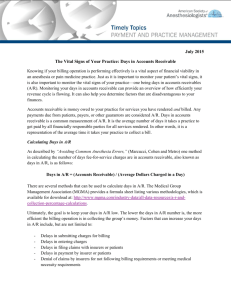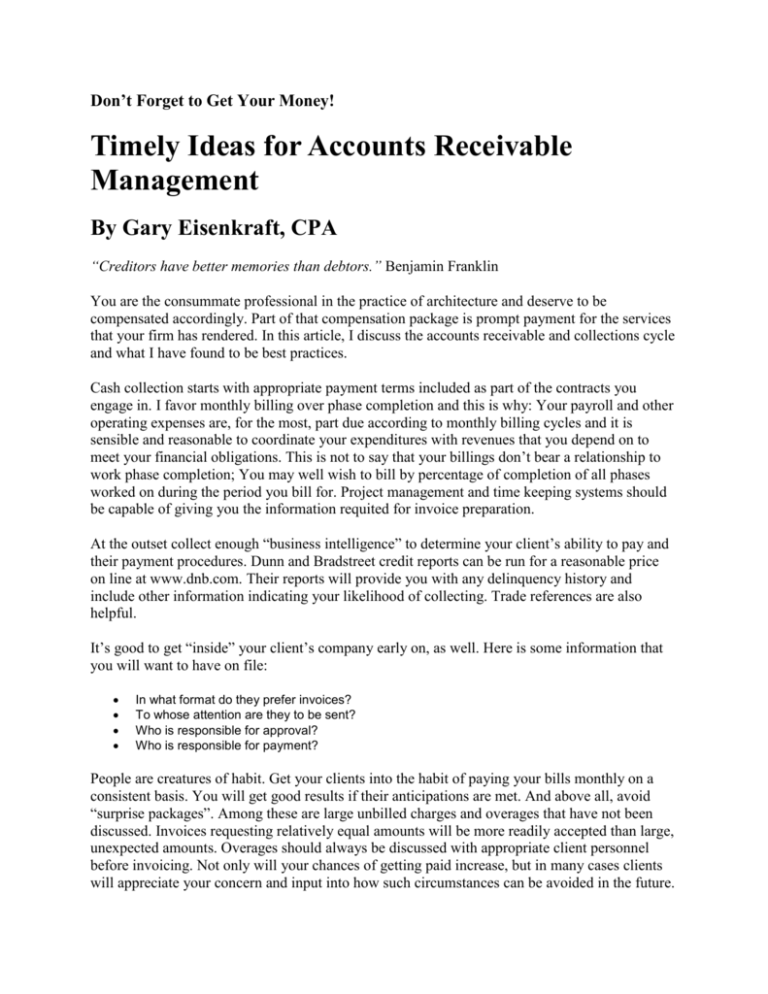
Don’t Forget to Get Your Money!
Timely Ideas for Accounts Receivable
Management
By Gary Eisenkraft, CPA
“Creditors have better memories than debtors.” Benjamin Franklin
You are the consummate professional in the practice of architecture and deserve to be
compensated accordingly. Part of that compensation package is prompt payment for the services
that your firm has rendered. In this article, I discuss the accounts receivable and collections cycle
and what I have found to be best practices.
Cash collection starts with appropriate payment terms included as part of the contracts you
engage in. I favor monthly billing over phase completion and this is why: Your payroll and other
operating expenses are, for the most, part due according to monthly billing cycles and it is
sensible and reasonable to coordinate your expenditures with revenues that you depend on to
meet your financial obligations. This is not to say that your billings don’t bear a relationship to
work phase completion; You may well wish to bill by percentage of completion of all phases
worked on during the period you bill for. Project management and time keeping systems should
be capable of giving you the information requited for invoice preparation.
At the outset collect enough “business intelligence” to determine your client’s ability to pay and
their payment procedures. Dunn and Bradstreet credit reports can be run for a reasonable price
on line at www.dnb.com. Their reports will provide you with any delinquency history and
include other information indicating your likelihood of collecting. Trade references are also
helpful.
It’s good to get “inside” your client’s company early on, as well. Here is some information that
you will want to have on file:
In what format do they prefer invoices?
To whose attention are they to be sent?
Who is responsible for approval?
Who is responsible for payment?
People are creatures of habit. Get your clients into the habit of paying your bills monthly on a
consistent basis. You will get good results if their anticipations are met. And above all, avoid
“surprise packages”. Among these are large unbilled charges and overages that have not been
discussed. Invoices requesting relatively equal amounts will be more readily accepted than large,
unexpected amounts. Overages should always be discussed with appropriate client personnel
before invoicing. Not only will your chances of getting paid increase, but in many cases clients
will appreciate your concern and input into how such circumstances can be avoided in the future.
Moreover, the paid scope of your engagement may well increase because of the value you add in
a presentation that is direct and oriented toward providing quality service.
One of my favorite procedures is to bill reimbursables and fees on separate invoices. Why hold
up undisputed fees because reimbursable expenses are challenged? And always write bills using
clear, understandable language that mirrors contract language and terms.
How old are you receivables? Good receivables are no more than 60 days old. Serious doubts
about realization arise with those older than 90 days. It should be noted that banks will consider
these factors when extending a line of credit to your company.
You’ll find it useful to use the following formula helpful for evaluating your collections over a
period of time:
Average Days in Accounts Receivable = Annual Average Accounts Receivable / (Net Fees
and Billable Expenses / 365)
Using this formula you can track a historical trend.
Follow up calls to your clients should be made no longer than 30 days after invoices are issued.
Depending on the size of your firm and the collection issues involved, you will have to decide
who will make these calls. Use the following as a guideline:
Bookkeeper / Controller / Billing Department – Usual matters
Project Manager – Older receivables, timing and technical issues
Principal – Serious delinquencies and business matters
Legal – Last resort. This route is expensive and unpleasant for all involved.
In these days of scarce credit there will be a greater tendency for your clients to use you as a
bank. That’s exactly what they are doing when they haven’t paid your firm within 60 days. Of
course, that is unacceptable. Your careful attention to accounts receivable management will be
rewarded with reduced business costs in the form of lower interest and administrative expenses.
That’s good these days…and always!
All Rights Reserved. Copyright © 2009 Axium.

